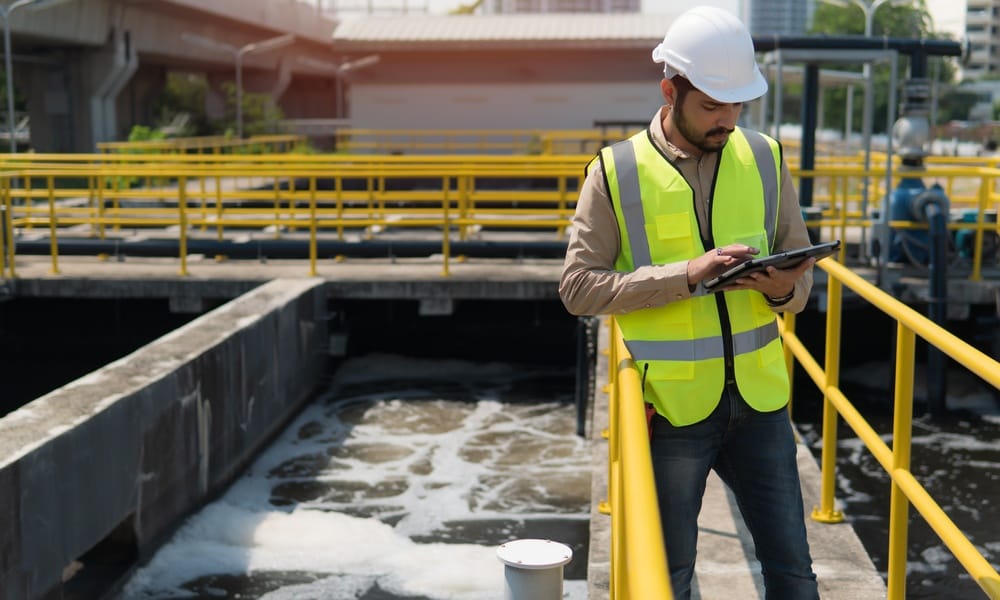Nearly all municipal water systems support public health and a community’s general functionality. Local governments should keep an eye on these systems and recognize when they need to make changes or repairs. Acknowledging the signs that it’s time to upgrade your city’s water supply can keep things running smoothly and allow you to make necessary adjustments before they cause public health concerns.
Declining Water Quality Reports
When water treatment plants start to observe quality deterioration in the water, it’s an important sign that changes are necessary. Regular testing can reveal increased levels of contaminants, sediment, or chemical changes that can lead to problems.
Sometimes, corrections may be as simple as changing the filters; other times, you may need to swap out important equipment to keep things running. These tests reveal what the facility can currently handle and where things may be vulnerable.
Faulty Water Storage Tanks
Storage tanks serve as emergency reservoirs of potable water. However, improper care or maintenance of these tanks can contaminate the water and lead to signs that a tank requires repairs or replacements. Some of the most obvious signs are physical damage, rust, or structural weakness.
Old storage tanks may be functional but lack lining systems that many water treatment systems require. The lack of a buffer between the water and the tank can create odd-tasting water or pose potential health risks. Storage facilities that cannot maintain pressure levels or show signs of external contamination infiltration require immediate attention.
Frequent System Failures and Maintenance Issues
Another sign that it’s time to upgrade your city’s water supply is if your water infrastructure experiences problems regularly. If repair crews have to address the same problems, it’s more cost-effective and safer to determine and address the cause of the problem rather than do patch jobs.
Common problems include bursting pipes, failing pumps, or malfunctioning treatment equipment. Needing to frequently fix these issues before they turn into wide-scale emergencies can put strain on the municipal budget and stretch workers too thin.
Recognizing these warning signs allows local governments to plan strategic water system improvements before emergencies occur. Proactive upgrades protect public health, maintain community confidence, and cost less than emergency replacements. Municipal leaders should work with water system engineers to assess current infrastructure conditions and develop comprehensive improvement plans that address deficiencies while planning for future growth and regulatory requirements.








